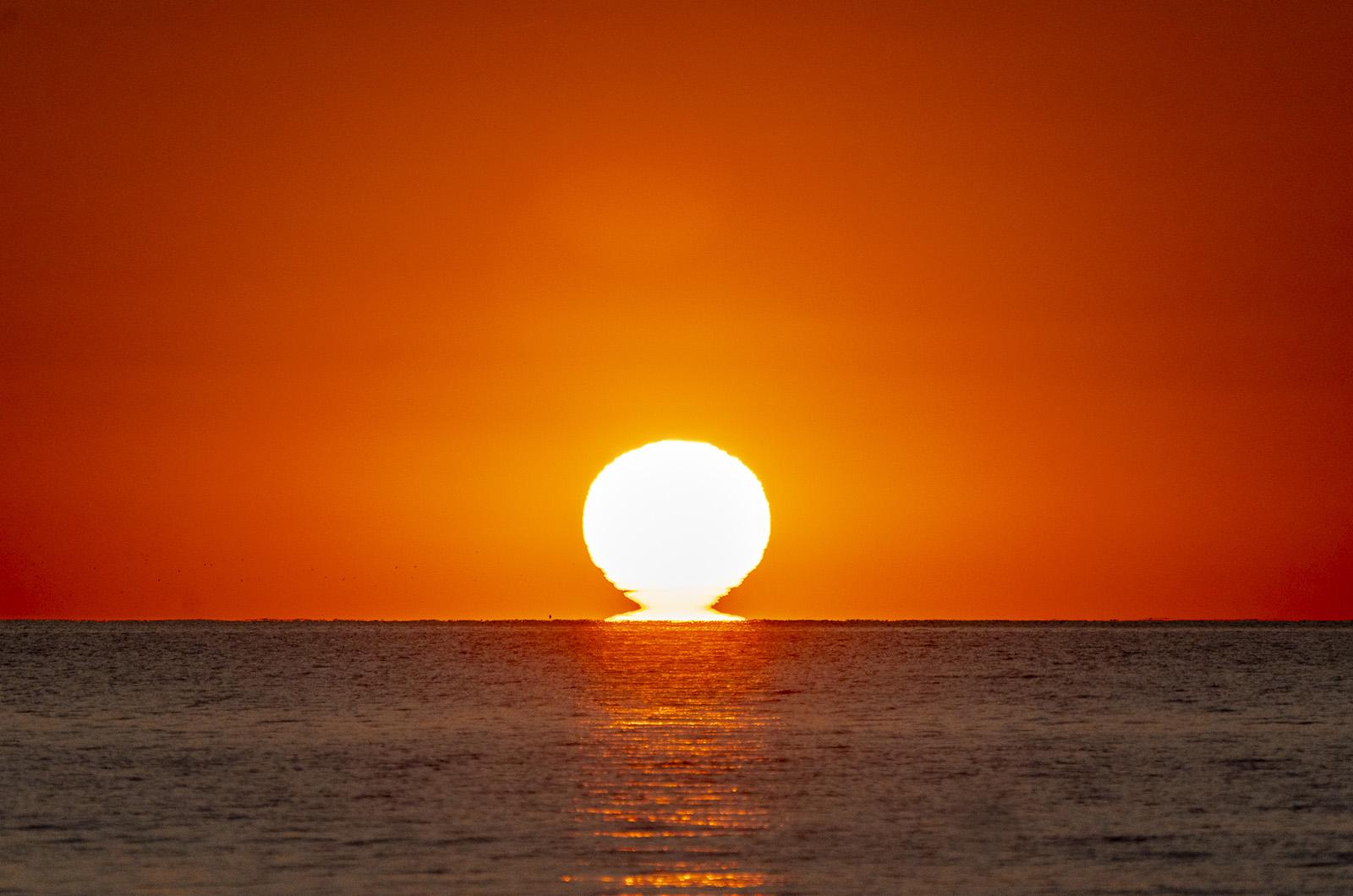We've got planets in the evening and morning skies. Venus is low in the southwestern sky after sunset. It may be a hard plant to find, since it appears so close to the horizon. This will change in the months ahead, as it appears higher and higher after sunset.
The morning sky, an hour or two before sunrise has plenty of planets. The evasive planet Mercury is the hardest to find, the closet to the horizon before sunup. Mercury is right next to the brilliant star Regulus, the main constellation in the zodiacal constellation Leo. The two are closest on Tuesday morning. Look for two bright stars appearing as a pair, with Regulus appearing to your right.
Higher in the eastern sky is the brightest planet of the morning sky, Jupiter. The bright planet rises in our eastern sky well after midnight but will be hanging high in the sky come early morning. The bright red planet Mars is below it.
The ringed planet Saturn rises in the south eastern evening sky well after sunset. The planet is in the zodiacal constellation Aquarius and easier to spot after 9 p.m. You can't miss it. The planet is the brightest in that area of the sky.
| Day | Sunrise | Sunset |
|---|---|---|
| Fri., Sept. 6 | 6:12 | 7:07 |
| Sat., Sept. 7 | 6:13 | 7:05 |
| Sun., Sept. 8 | 6:14 | 7:03 |
| Mon., Sept. 9 | 6:15 | 7:02 |
| Tues., Sept. 10 | 6:16 | 7:00 |
| Wed., Sept. 11 | 6:17 | 6:58 |
| Thurs., Sept. 12 | 6:18 | 6:56 |
| Fri., Sept. 13 | 6:19 | 6:55 |
| Day | Max (Fº) | Min (Fº) | Inches |
|---|---|---|---|
| August 30 | 74 | 56 | 0.00 |
| August 31 | 72 | 61 | 0.00 |
| Sept. 1 | 77 | 65 | 0.03 |
| Sept. 2 | 74 | 65 | 0.08 |
| Sept. 3 | 74 | 57 | 0.00 |
| Sept. 4 | 73 | 52 | 0.00 |
| Sept. 5 | 78 | 51 | 0.00 |




Comments
Comment policy »